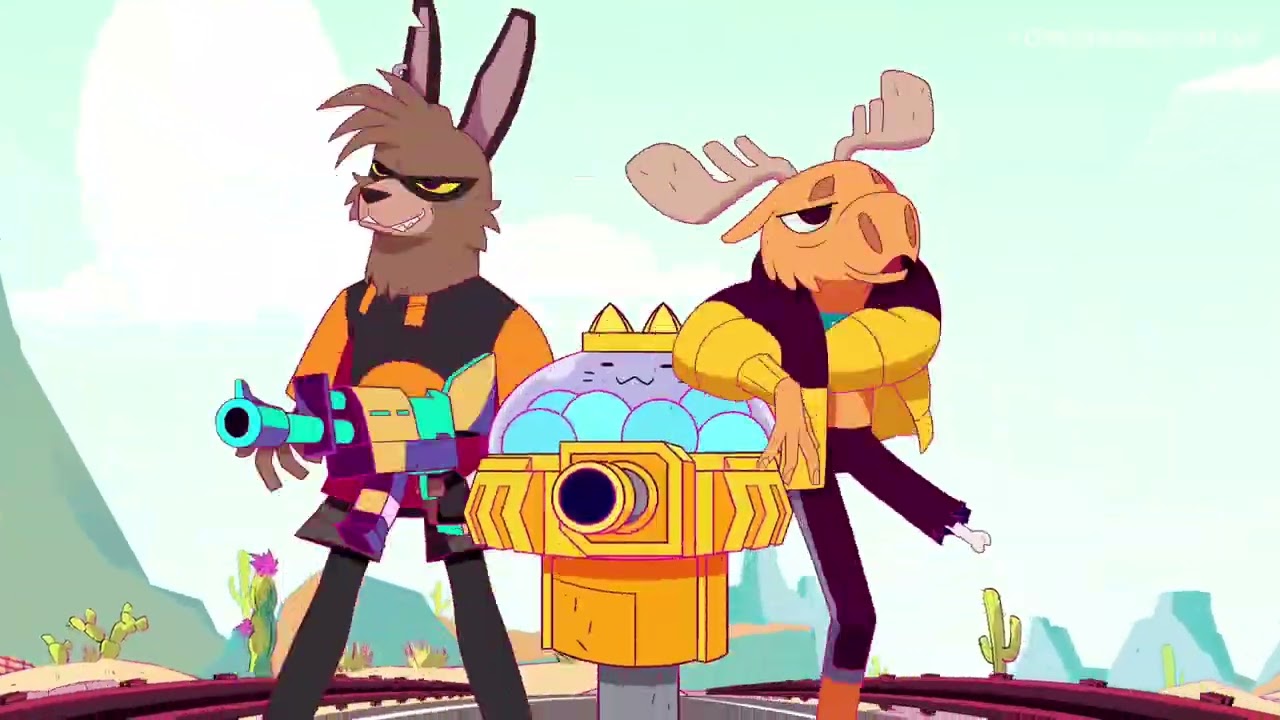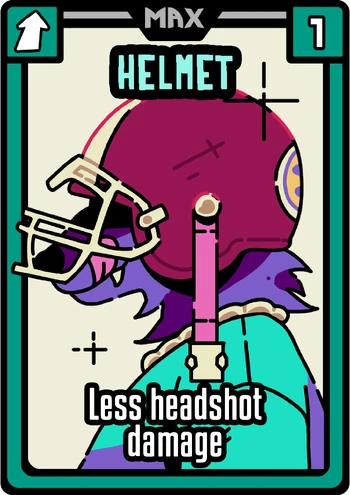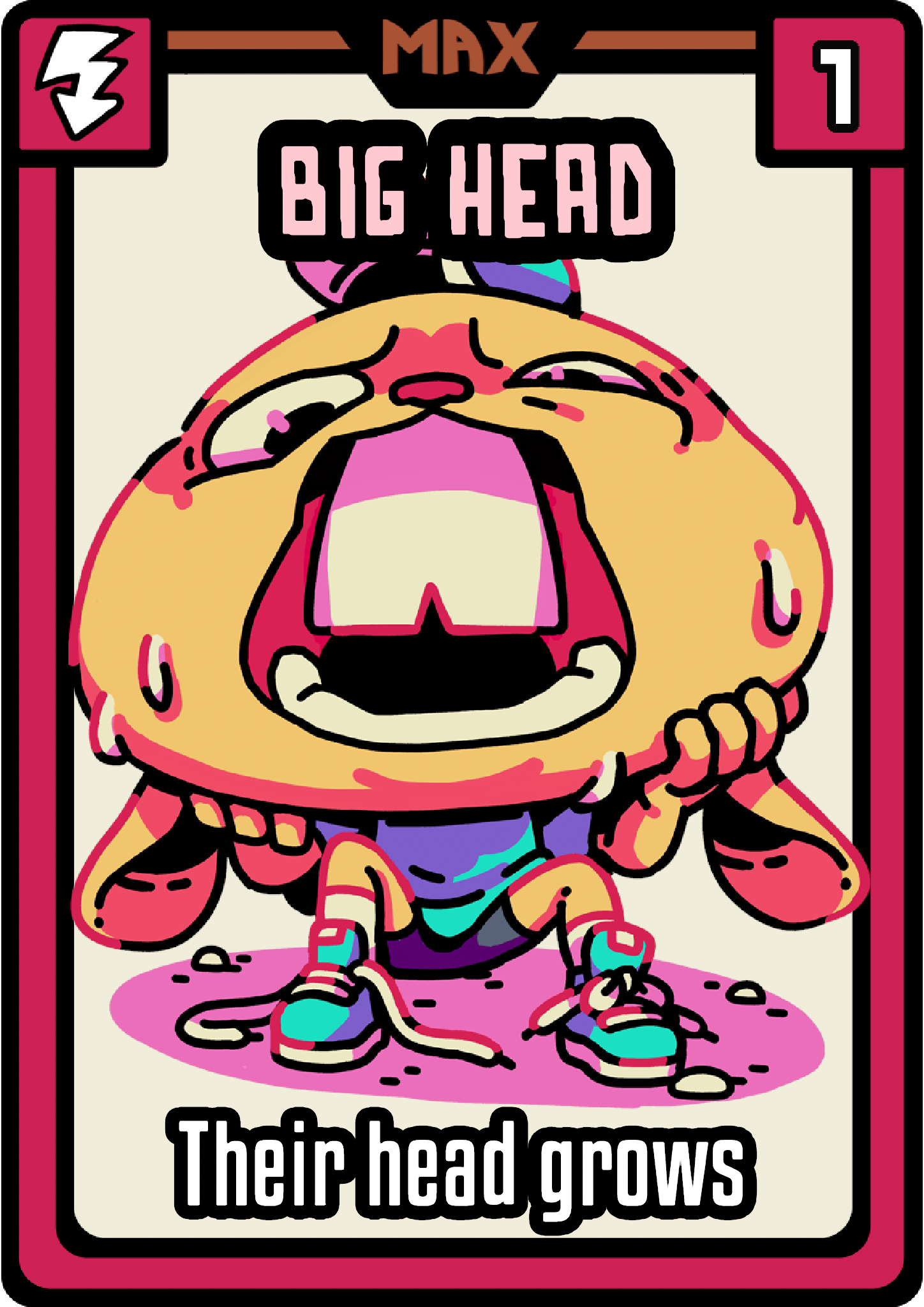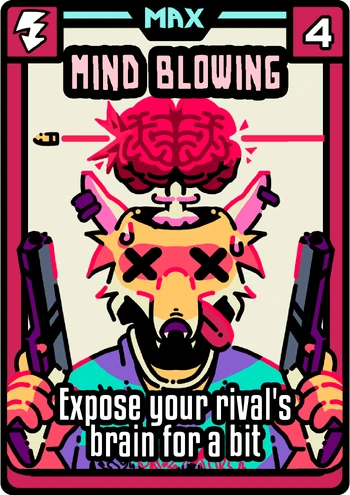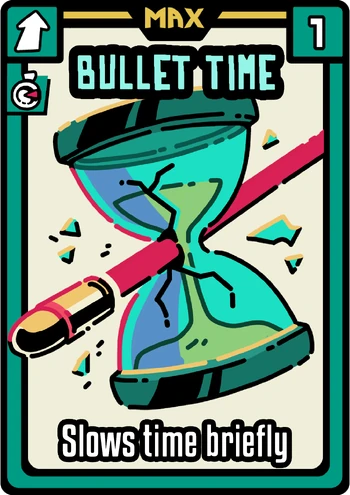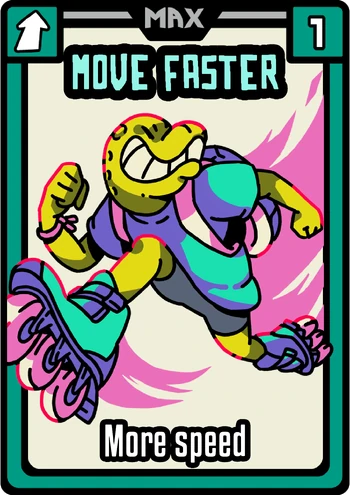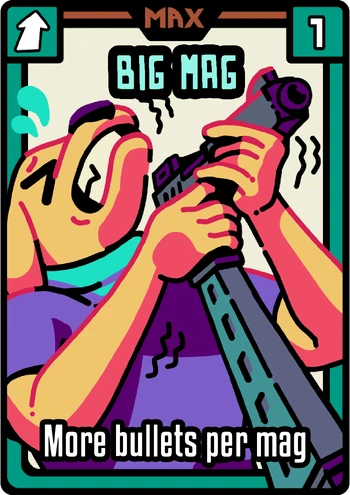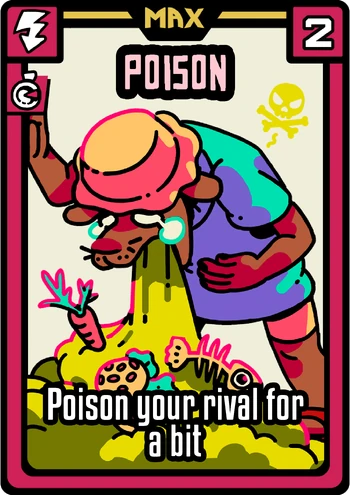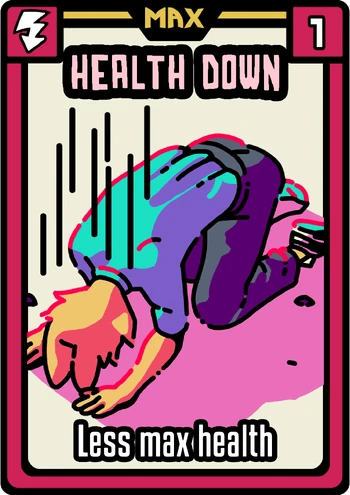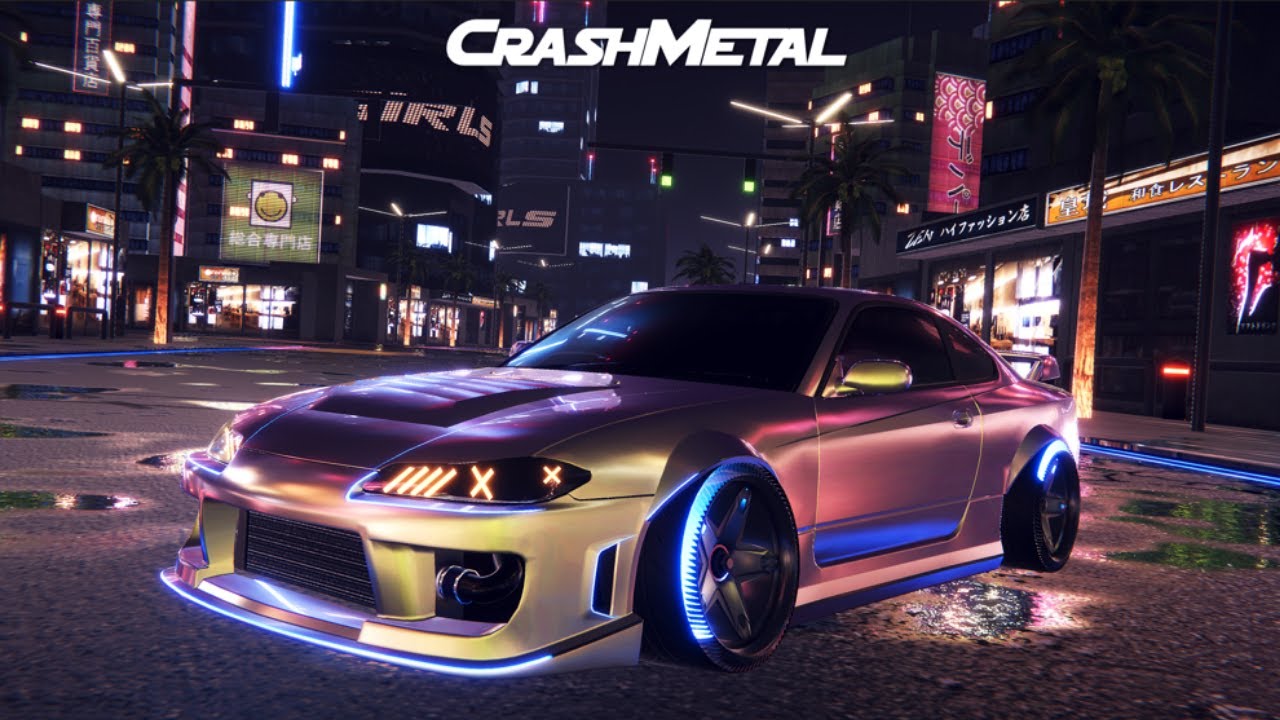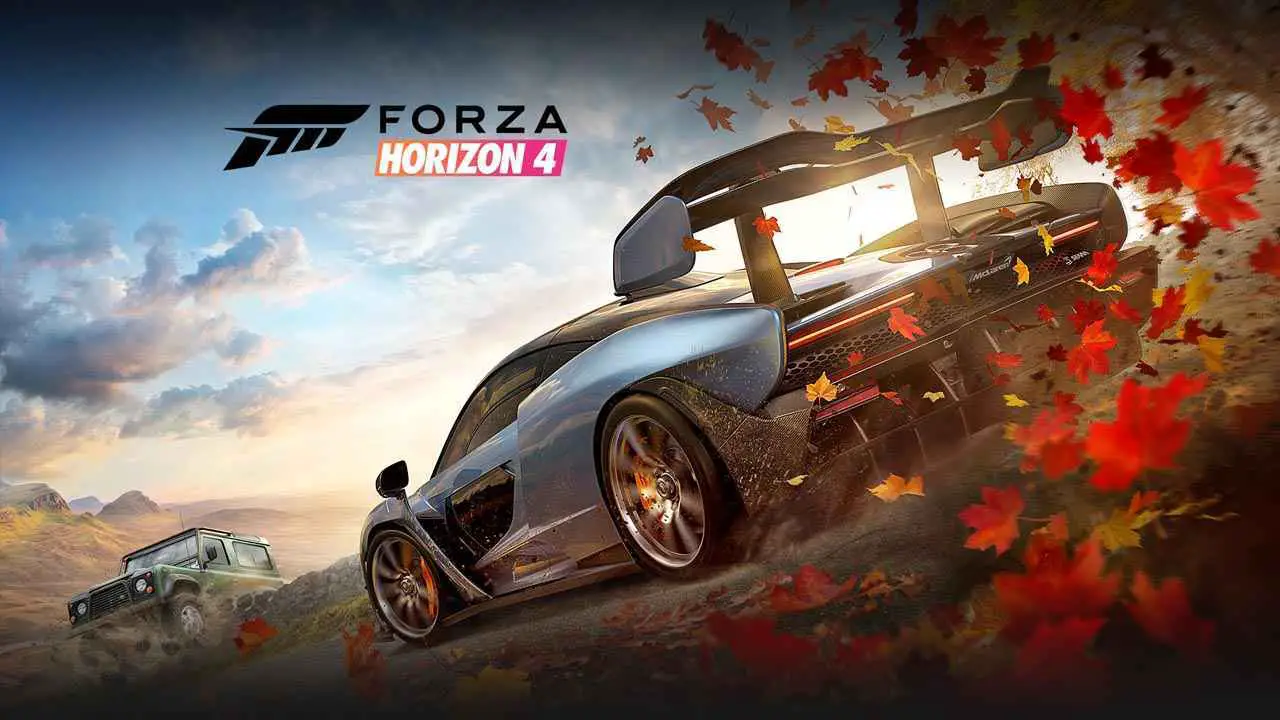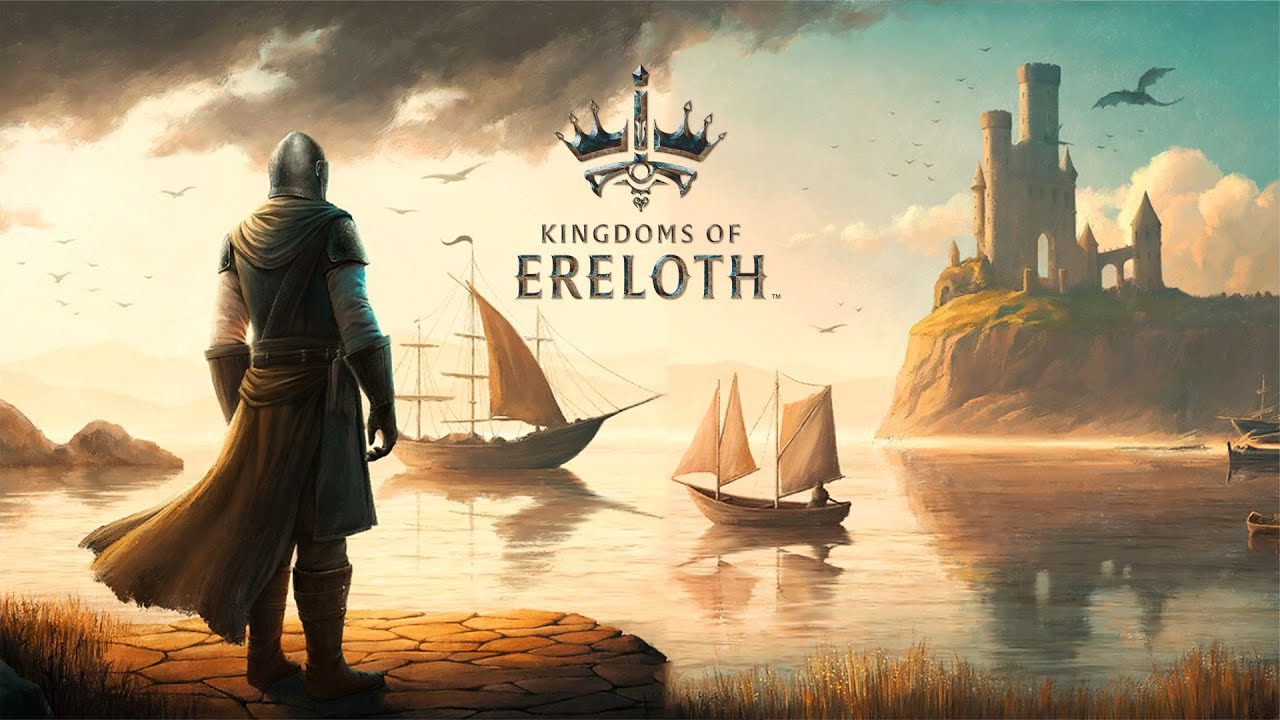Friends vs Friends may be a lighthearted casual first-person shooter game, but it can be frustrating to get consistently defeated, especially when you’re unsure of the reasons behind your losses. To level the playing field, here are some basic tips that can help. Remember, even if your FPS skills are average, the game provides you with various cards that can compensate for it. With a little ingenuity, you can make the most of these tools.
Introduction
While the game’s core is shooting, having a strong foundation in FPS fundamentals can greatly benefit you. However, by strategically utilizing the cards you have been given and paying attention to the wealth of information the game offers, you can still achieve success even if your aiming skills are not top-notch.
This brief guide primarily focuses on the aspect of cards within the gameplay and how to effectively use and exploit them to secure victories.
Learn the Cards
In particular, make an effort to quickly identify the cards based on their artwork alone.
Given the game’s fast-paced nature, your screen may often display a cluttered interface, such as cards appearing at the top. It’s crucial that amidst the chaos, you can glance at them and immediately recognize which cards have been played, as it will influence your approach to the situation. After all, you wouldn’t want to recklessly pursue an enemy around a corner if they have just obtained a Shotgun, would you?
Deckbuilding
Ideally, your deck list should resemble this: a minimal number of cards with the highest total cost. Having fewer cards increases the likelihood of drawing each powerful card individually, and higher-cost cards generally possess greater strength, making this combination advantageous.
When selecting the cards to include in your deck, simplicity is key. Experiment with every card you receive and choose those that feel the most impactful on their own. Over time, you will likely develop a straightforward yet effective deck consisting of a few weapons, a variety of buffs and debuffs, a couple of grenades, and perhaps a comedic card for fun.
After a few hours of gameplay, you should have acquired enough cards to construct a solid deck that will serve you well. Once again, remember that simplicity is best, and most beginner and common cards fit well into that category.
Card Economy
At the beginning of each round, you draw a limited number of cards, and it’s essential to carefully manage this resource flow.
If you exhaust all your cards in the first round and secure a victory, you will find yourself at a significant disadvantage in the subsequent round unless your opponent has done the same. You will be compelled to conserve your cards or engage in combat with limited resources, which, even if you win, will leave you in a challenging position for the next round.
Keep in mind that your objective is to win three out of five rounds, so avoid becoming fixated on expending all your resources to win a single round, unless it’s the final one, of course.
Patience and Counters
Consider this scenario: you possess a Helmet card that reduces headshot damage. While it may seem reasonable to use it at the start of a round, as it still provides value by forcing enemies to aim for body shots, why not wait until combat commences in case the enemy plays a Big Head card? By exercising patience, you can extract even more value from your Helmet card. Not only will it compel the enemy to aim for your body, but it will also make them waste a valuable card.
Numerous examples demonstrate how a little patience can yield additional value from your cards. However, be cautious not to overdo it by waiting for the perfect opportunity that may never arise, as it may result in underutilizing your cards.
Combos
When it comes to executing combos, they are most easily achieved when you coordinate with a friend in 2v2 matches. For instance, a basic combo involves using the Mind Blowing card in conjunction with Bullet Time. If you add a Sniper to the equation, the combo becomes even more devastating.
Of course, you can still execute combos in 1v1 matches, but the chances of drawing the necessary cards are significantly lower. In such situations, your best bet is to combine cards with your character’s Personality card. For example, if your character, Myk Raver, begins with an SMG with a high fire rate, it would make sense to include cards like Move Faster and Big Mag in your deck.
It’s worth noting that even though combos may be more challenging to achieve in 1v1 games, it doesn’t mean you shouldn’t include those cards in your deck. These cards still provide value, albeit in more specific circumstances and may be harder to utilize without their corresponding combo cards.
Spotting
Whenever a character sustains damage, the inflicted damage number is displayed for the enemy to see, thereby revealing their position. This mechanic allows us to strategically employ cards that directly damage enemies, thereby pinpointing their location. For instance, a card like Health Down briefly reveals the enemy’s position, while a card like Poison, which deals damage over time, accomplishes the same task more effectively. Use these cards at opportune moments to extract the most value from them, such as revealing an invisible enemy or intercepting a flank.
React Faster
Scrolling through your cards before using them can feel cumbersome, particularly when you have a full hand. This becomes even more challenging in situations that require quick reactions.
To expedite the card selection process, remember to utilize the following inputs:
- Select the leftmost card.
- Select the middle card.
- Select the rightmost card.
While scrolling may still be necessary, using these inputs can speed up the process and potentially save your life on numerous occasions. Initially, it may feel more awkward compared to using the scroll wheel, but the sooner you become accustomed to it, the better.
